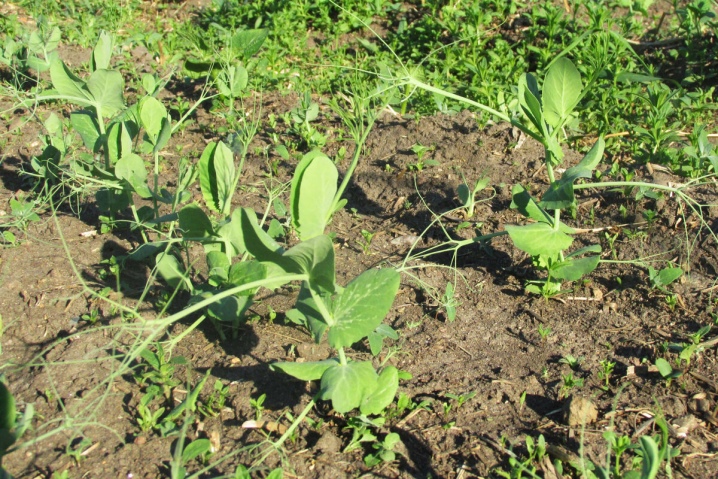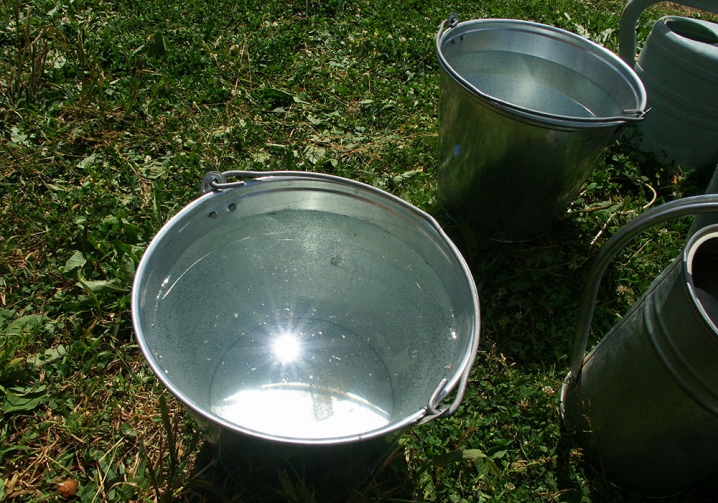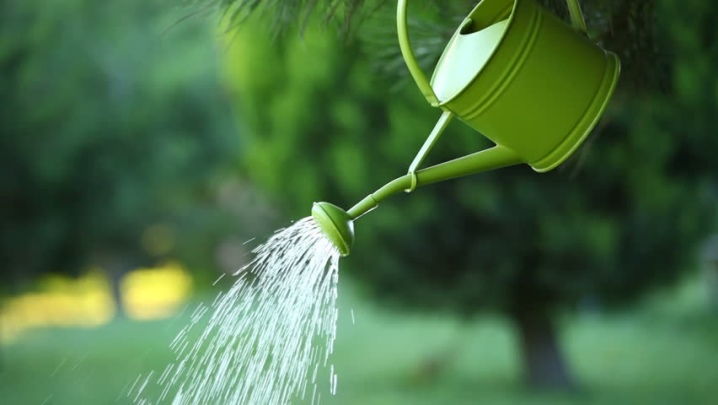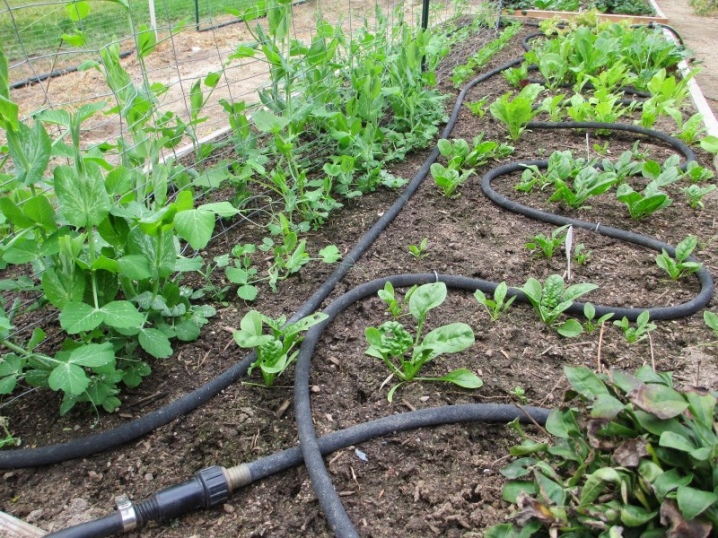How often and correctly to water the peas?

Vegetables are one of the sources of vitamins and minerals necessary for human health. Legumes, including peas, are a treasure trove of nutrients that should certainly be in everyone's diet. When cultivating this useful crop, it is important to know how often and correctly you need to water it in order to get a stable and high yield annually.

How often should you water?
When growing peas in the open field, it is important to be able not only to plant the crop, but also to properly care for it in the process of growth and development. Due to the presence of a large amount of proteins and amino acids, many gardeners try to cultivate peas on their site, but the harvest does not always please with its abundance, and there are reasons for this.
Despite the undemandingness of the crop itself to care, there is a very important factor that determines how well the crop will yield - this is watering.

There are basic requirements for this process:
-
changing the mode of moisture introduction during the growth and development of peas;
-
irrigate with a watering can with small holes, or do drip irrigation;
-
make sure that the soil does not dry out;
-
irrigate with warm water, which heats up in the sun during the day;
-
after irrigation, be sure to loosen the soil.

In the process of crop growth, it is important to choose the right frequency of watering the peas. Before flowering, it is enough to apply moisture under the bush once a week. It is also worth navigating by the weather - if it is not hot outside and it rains, then the need for watering may completely disappear. In hot weather and no precipitation, peas are watered once every 5-6 days.
As soon as the crop begins to bloom, it is important to increase the frequency of watering by doing it 2 or even 3 times a week, depending on the weather conditions.
A guideline that will tell you exactly when to apply moisture is the soil - as soon as it dries up, you need to moisten it. At the time of the appearance of ovaries, the frequency of watering also increases up to 2 times a week.

Water temperature and volume
When planning to water from a watering can, you should first leave the container in the sun for several hours so that the water heats up. It is not recommended to pour a large amount of cold water under the bush - this negatively affects the plants, slows down their growth, and impairs productivity. If it is not possible to constantly heat the water, you can carry out drip irrigation, where the water temperature does not play such an important role, since the droplets falling into the ground have time to heat up and do not themselves cool the soil in the garden.
When watering from a watering can with the optimal amount of water for 1 sq. m is 10 liters. One standard bucket usually holds about 10 liters, so it is enough to cook one bucket for a week during the growth period and 2-3 buckets at the time of flowering and the appearance of ovaries. With drip irrigation, there is no need to clearly track the amount of moisture applied, it is only important to ensure that the soil does not dry out.

How to water properly?
Watering peas at home does not present any difficulties, even a novice gardener can handle it. When growing seedlings in greenhouse conditions or buying ready-made bushes, you need to find a place for a future garden bed, prepare it for planting a crop. After planting the peas, it is important to immediately water the soil, and do this from a watering can, and not from a bucket. With a strong pressure of water that comes from the buckets, the soil is eroded, which exposes the roots.Such conditions contribute to a slowdown in crop growth, the development of diseases, and sometimes the death of bushes.
It is recommended to water the peas from a watering can, in which there are shallow holes, which allows you to dissipate the pressure of the water, making it minimal.

Drip irrigation is considered the best irrigation option. There are ready-made kits for such watering on sale, and if you wish, you can make them yourself. With drip irrigation, water slowly enters the soil, saturating the roots with moisture, without injuring them, which makes it possible for the culture to grow and develop well. The amount of moisture that comes with the help of drip irrigation can also be varied, setting the optimal one, taking into account weather conditions and the stage of culture development.

When watering from a watering can, it is recommended to carry out the procedure early in the morning or in the late afternoon, so that the sun does not dry out the soil and does not create a dense crust. It is very important to loosen the soil after each application of moisture. If peas grow in moist and loose soil, their delicate stems will be able to actively grow and bear fruit, otherwise it will be extremely difficult to achieve a good harvest. With drip irrigation, the soil is loosened a couple of times a week, and it is important to ensure that it does not crust over or dry out.
How to water the peas, see below.













The comment was sent successfully.